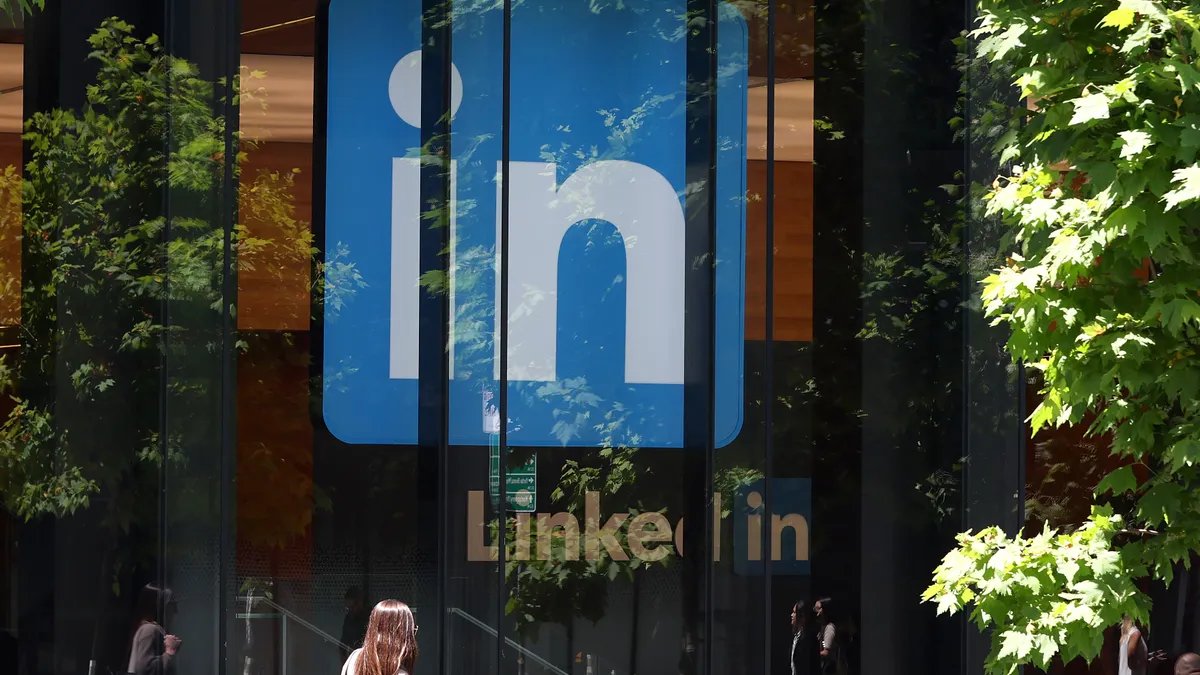Career development joins business impact as a key area of focus in 2024, particularly as companies adapt to the new realities of AI in the workplace, according to LinkedIn Learning’s 2024 Workplace Learning Report.
Based on LinkedIn data, 90% of organizations are concerned about employee retention, and providing learning opportunities is the No. 1 retention strategy.
“The AI era is here, and leaders across learning and talent development have a new mandate: help people and organizations rise to opportunity with speed and impact,” the report said. “As AI reshapes how people learn, work, and chart their careers, L&D sits at the center of organizational agility, delivering business innovation and critical skills.”
The top five L&D focus areas for 2024 include: aligning learning programs to business goals, upskilling employees, creating a culture of learning, helping employees develop their careers and improving employee retention. For the second year, aligning learning to business goals has taken the top spot, and helping employees develop their careers jumped from No. 9 to No. 4.
However, there are several barriers for L&D. The number of L&D professionals who expect to have more resources is down 10 points from 2022, with 38% saying they expect a larger budget in 2024, as compared to 48% two years ago.
Even still, the C-suite appears to be listening, with more opportunities for conversations about L&D amid skill gaps around AI and other tools. The percentage of learning pros who say L&D has a seat at the executive table has grown 5 percentage points during the past two years, climbing from just under 55% in 2022 to nearly 60% in 2024.
The report suggests several action items for learning leaders, such as leaning into analytics and cultivating data literacy. In addition, L&D leaders can build the business case by following the right metrics and measuring specific business improvements tied to learning. Among those who measure, the most common objectives are performance reviews, employee productivity and employee retention.
In the age of AI, learning leaders can also develop their “human” skills — or soft skills — with major growth seen in interpersonal, presentation, problem solving and people management skills.
By embracing the pace of ongoing change, L&D pros can encourage microlearning, or short bursts of instruction to help workers make progress in small chunks, LinkedIn said. About 47% of L&D teams plan to deploy microlearning programs in 2024.
Most companies initiate and maintain L&D programs to meet compliance requirements, improve employee technical skills and support career development, according to a Virti report. Budget issues often get in the way when implementing training, although 67% of learning leaders said L&D has a positive impact on revenue.
As AI becomes more pervasive in the workplace, about 90% of HR leaders believe that up to half of their workforce will need to be reskilled in the next five years, according to a PeopleScout and Spotted Zebra report. To do this, employers will need to communicate these ideas with employees, address fears and ensure their workers are upskilling as AI adoption continues, experts told HR Dive.
In fact, employee curiosity about AI provides an opportunity for L&D offerings, according to a report by the Adecco Group. More than half of workers said they’d like to receive AI training, and the majority said human skills will remain important, including emotional intelligence, empathy and interpersonal skills. Employers can offer L&D in all of these areas, Adecco said.














